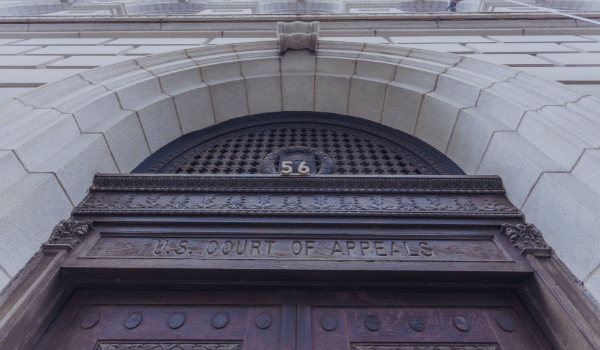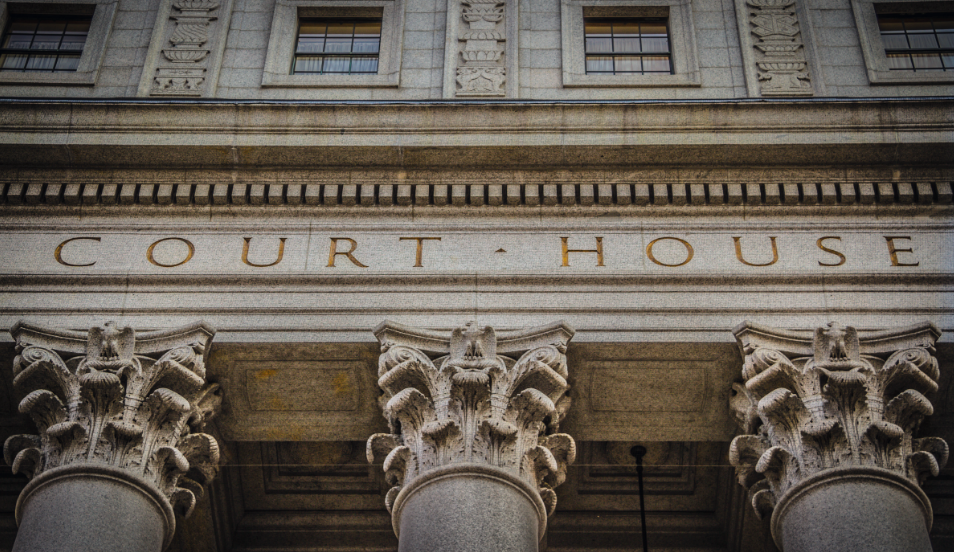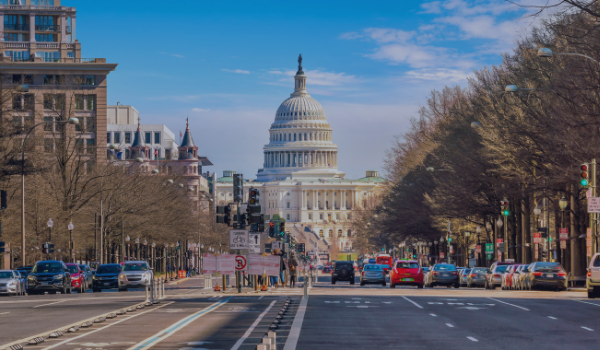On May 13, 2022, the United States Court of Appeals for the Tenth Circuit filed its opinion in Reserve Mechanical Corp. v Commissioner, Reserve Mechanical’s appeal from an adverse Tax Court decision. In its opinion, the Appeals Court affirmed the decision of the Tax Court and sustained the tax deficiency assessed against Reserve Mechanical by the IRS.
While the Appeals Court’s opinion is not the result that Reserve Mechanical had hoped for, it is not a total loss for the captive insurance industry. The reason is that the Appeals Court’s decision is very fact-specific, and the facts of this case were unusually bad. The Appeals Court made this point several times in its opinion with language such as the following:
The amicus brief submitted to this court, as well as the briefs of Reserve itself, suggest that the decision of the Tax Court undermines perfectly proper practices in the creation and operation of captive insurance companies. But the specific evidence presented can make all the difference. Two transactions that appear similar in form may be treated quite differently under the law because of differences in the underlying substance. We do not hold that the forms of the transactions involving Reserve are improper (for example, insurance pools such as Pool Re may be perfectly legitimate in other circumstances) (emphasis added)
and the following:
One aspect of the Tax Court’s analysis must be emphasized. Contrary to what is suggested in some briefs filed in this court, the Tax Court did not criticize risk pools as a general matter. Instead, its findings were specific to the Pool Re risk pool. (emphasis added)
Reserve Mechanical Did Not Sustain Its Burden of Proof
Before discussing the Court’s opinion, it is important to understand the burden of proof in both the Tax Court and the Appeals Court. It is also important to properly identify the plaintiff in the Tax Court and the appellant in the Appeals Court. And, the plaintiff in the Tax Court, as well as the appellant in the Appeals Court, was Reserve Mechanical. In neither case was the insured a party to the litigation. The issue in both cases was simply whether Reserve Mechanical was exempt from income tax under section 501(c)(15) of the Internal Revenue Code. The IRS had determined that it was not.
In both cases, the burden of proof was on Reserve Mechanical. And, it was a very heavy burden. When the IRS assesses a tax deficiency against a taxpayer, the IRS is presumed correct, and the taxpayer has the burden of proving that the IRS made an error. The result is that, in the Tax Court, the issue is never whether the IRS got it right, the issue is whether the taxpayer has been able to prove that the IRS got it wrong. The Tax Court had simply found that Reserve Mechanical had not sustained its burden:
In the Tax Court proceedings Reserve had the burden of proving that the IRS’s assessment was incorrect. On the record before it, the court could properly find that Reserve had not satisfied its burden
The road becomes no less bumpy when a taxpayer appeals a decision of the Tax Court to the Appeals Court. That is because an Appeals Court simply reviews the Tax Court’s factual determinations for clear error and gives great deference to the findings of the Tax Court.
And we review the evidence in the light most favorable to the Tax Court’s ruling. See Exxon Corp. v. Gann, 21 F.3d 1002, 1005 (10th Cir. 1994) (“On appeal, we view the evidence in the light most favorable to the district court’s ruling and must uphold any district court finding that is permissible in light of the evidence.” (citation omitted)).
So, the trajectory of this case is as follows:
- The IRS made certain findings of fact adverse to the taxpayer;
- The Tax Court found that the taxpayer had not sustained its burden of proving that the IRS was wrong; and
- The Appeals Court found that the taxpayer could not prove that the Tax Court was wrong.
If this sounds like the system is rigged against taxpayers, that’s because it is. The moral of the story is that a taxpayer must have its ducks in a row before it begins an IRS audit. And, in this case, Reserve Mechanical did not have its ducks in a row.
What Did Reserve Mechanical Do Wrong?
The Appeals Court said that the Tax Court had found that Reserve Mechanical was not an insurance company for two reasons. First, it did not adequately distribute risk among a large enough number of insureds. Second, Reserve was not operated in the way that legitimate insurance companies are operated.
Why Didn’t Reserve Mechanical Distribute Risk?
The first problem is inherent to micro-captive insurance companies. Since a captive insurance company is formed for the purpose of insuring the risks of its related operating business, it does not issue policies to a large number of insureds. In addition, since a so-called micro-captive insurance company is limited by section 831(b) of the Code to a certain level of premiums, a micro-captive insurance company will issue even fewer policies to an even smaller number of insureds.[1]
The Appeals Court seemed to recognize this by acknowledging that most captive insurance companies seek to satisfy the risk distribution requirement by entering into pool arrangements with a reinsurance company. This was the route taken by Reserve Mechanical. The problem is that first the IRS, next the Tax Court and finally the Appeals Court found that the reinsurance arrangement used by Reserve Mechanical was illusory.
The reinsurance arrangement in which Reserve Mechanical participated used an insurance company established by its captive manager. That insurance company, called Pool Re, provided stop-loss coverage to Reserve Mechanical, as well as to other captives managed by the captive manager. All of the captives managed by the captive manager then reinsured Pool Re’s obligations under the stop-loss coverage provided to the captives. In addition, Pool Re had entered into a coinsurance arrangement with an insurance company that issued vehicle service agreements. Pool Re reinsured its obligations under the coinsurance agreement with the captives, including Reserve Mechanical.
The IRS, the Tax Court and the Appeals Court found this arrangement illusory for a number of reasons, among them the following:
- Pool Re purported to issue stop-loss coverage before it was even licensed as an insurance company.
- No claim had ever made it to the stop-loss layer.
- Not only that, but the arrangement was set up to guarantee that no claim would ever make it to the stop-loss layer.
- No claim had ever been made against Pool Re under the coinsurance agreement.
As a result, the Appeals Court found that Reserve Mechanical had failed to satisfy its burden of proving that the IRS was wrong in challenging the pool arrangement for lack of risk distribution.
However, it is important to note that the Appeals Court’s opinion does not view all reinsurance arrangements with skepticism. Its opinion is limited to the facts of this case. According to the Appeals Court, a different reinsurance arrangement with different facts might very well survive an IRS challenge.
We recognize that a legitimate pool with a similar arrangement might properly distribute risk among insurers, even captive insurers. Here, however, the question was whether the stop-loss coverage was a legitimate risk. As previously noted, no claims under that coverage were made during the years in question by any of the 400 or so companies insured by the captive insurers participating in the Pool Re pool.
The lesson is that, in order for a reinsurance arrangement to survive scrutiny, there must be real exposure to claims and there must be actual claims that have been submitted to the reinsurer and paid by the captives. Those two facts are very different from the facts of Reserve Mechanical and should result in a different outcome.
Was Reserve Mechanical Operated Like A Real Insurance Company?
The second reason that the IRS, the Tax Court and the Appeals Court found that Reserve Mechanical was not an insurance company is that it was not operated in the manner that legitimate insurance companies are operated. Among the reasons cited by the Appeals Court are the following:
- Reserve Mechanical issued its policies before its feasibility report was completed.
- The first policy year was a short year, essentially the month of December, so the insured could deduct its premiums in that tax year.
- The premiums for that short policy year were higher than the premiums for the subsequent full policy years.
- The premiums were unreasonable and not the result of arms-length bargaining.
- The premiums were not actuarially based on an industry-wide standard but were instead determined based upon the premiums paid to the other captives managed by the captive manager.
- All of the policies issued by Reserve Mechanical were excess to other insurance obtained by the insured, so the likelihood of any claims being submitted to Reserve Mechanical was minimal.
- The one claim that was submitted to Reserve Mechanical was paid without any investigation or documentation to support the claim.
As stated above, the facts of this case were bad. In addition, it is clear that the IRS, the Tax Court and the Appeals Court do not really understand insurance, in general, or captive insurance, in particular.
The definition of a captive insurance company precludes an “arms-length transaction”. A captive insurance company is formed by a business to insure the risks of that business. The captive and the business generally share ownership. In fact, section 831(b) requires there to be a unity of ownership. Under those circumstances, it is impossible for the relationship between the captive and the insured to be “arms-length”. However, notwithstanding that problem, it should be easy to avoid the factual pitfalls present in Reserve Mechanical.
What Does Reserve Mechanical Teach Us?
There are a number of lessons to be learned from the Appeals Court’s opinion in Reserve Mechanical. Among them are the following:
- A captive insurance company must insure against real risk.
- There must be a real possibility of claims being asserted against the captive.
- If the captive uses a reinsurance arrangement to distribute risk, there must be a real possibility that claims will be asserted against the reinsurance intermediary and that claims will be paid by the captives participating in the arrangement.
- Premiums must be supported by an actuarial report.
- There must be a regular procedure for the adjudication of claims.
If a captive is operated like a real insurance company and pays claims of both its insured and unrelated parties, the captive should be able to prove that it is an insurance company in accordance with the decision of the Appeals Court in Reserve Mechanical.
[1] At this point, it is important to note that, notwithstanding thi inherent issue with captive insurance companies, Congress has expressly authorized the use of captive insurance companies. This is another instance where the IRS disagrees with Congress and taxpayers are forced to bear the price and defend Congress. Unfortunately, they do not always succeed and will continue to have this burden until Congress steps up and defends its own actions.



